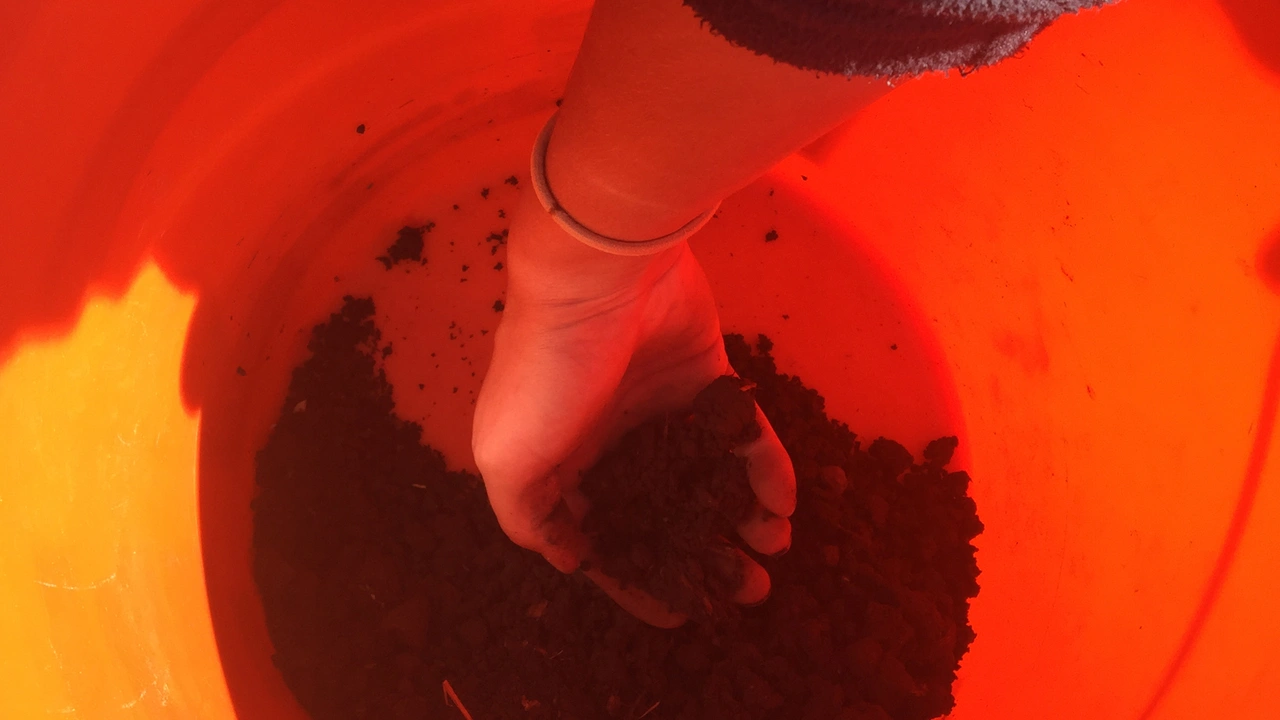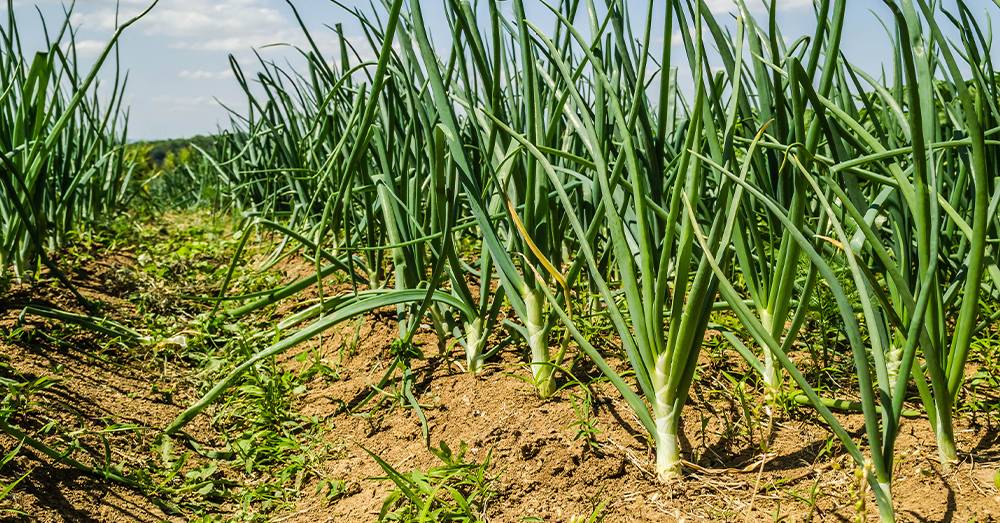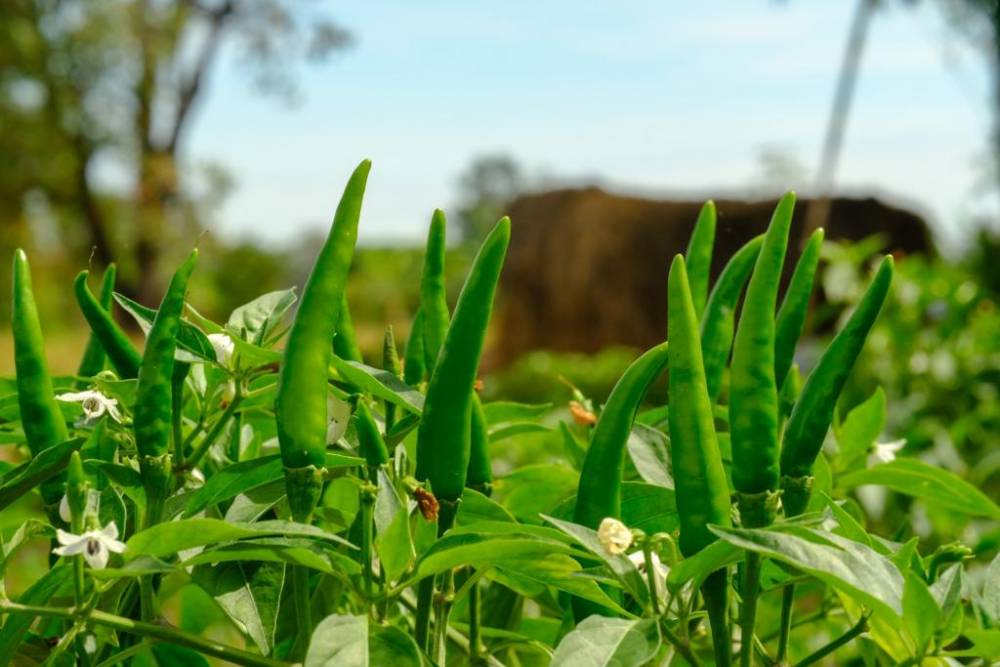Fall is a great time to test soil. Soil testing is the only way to determine soil nutrient levels. Test results can help make critical and profitable management decisions for the next growing season.
Soil testing starts with the soil sample. It serves as the basis for the lab analysis and ultimately will be used to interpret the soil test results and make recommendations. If you hire someone to sample your fields, be sure he or she uses proper techniques and sends samples to a certified laboratory.
There is a saying in the computer world, “Garbage in, garbage out.” This applies to soil sampling, too. A poor soil sample will result in poor soil test results and improper soil fertilizer recommendations.
Sample and soil test every two to four years (more frequently as fertilizer prices increase) or once per crop rotation. Sample at the same point in the rotation to facilitate tracking soil test-level changes over time.
Grid and management zone sampling
Sampling is most commonly done using grid sampling, where the field is broken into square, 1.1- to 10-acre grids, and most commonly 2.5-acre grids. Each sample represents a grid. When grid sampling, be sure that a grid does not lie on a dividing line between two different field histories.








